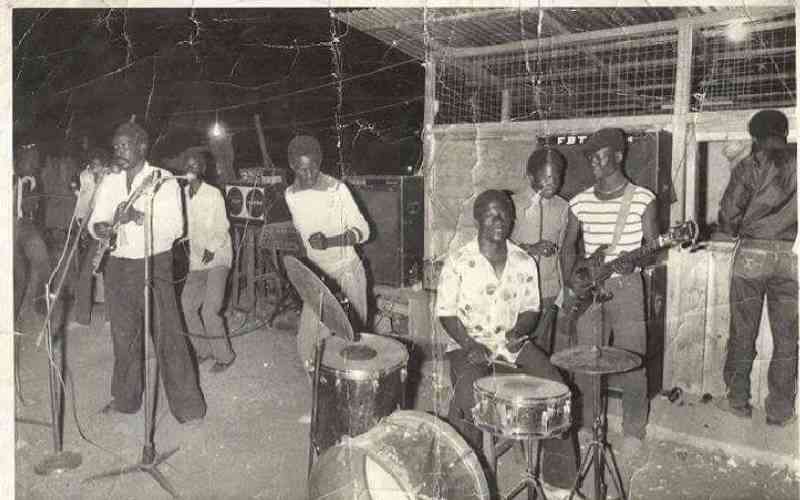
The death of former Education Cabinet Secretary George Magoha was seen as curtain call not only for an academic giant, but also a no-nonsense doctor and administrator. The professor of surgery boasted of excellence in various capacities. Beyond the obvious top brains, Magoha never came across as a man with musical prowess.
His stone-face look in meetings could not make you believe he had a carefree side. But Omore Magoha was a different man to different people. He was a good bass guitarist with legendary Ochieng' Kabaselle's Lunna Kidi band. Straight from the melting pot of Eastlands through Starehe Boys Centre, Magoha strummed the strings for three years with Kabaselle.